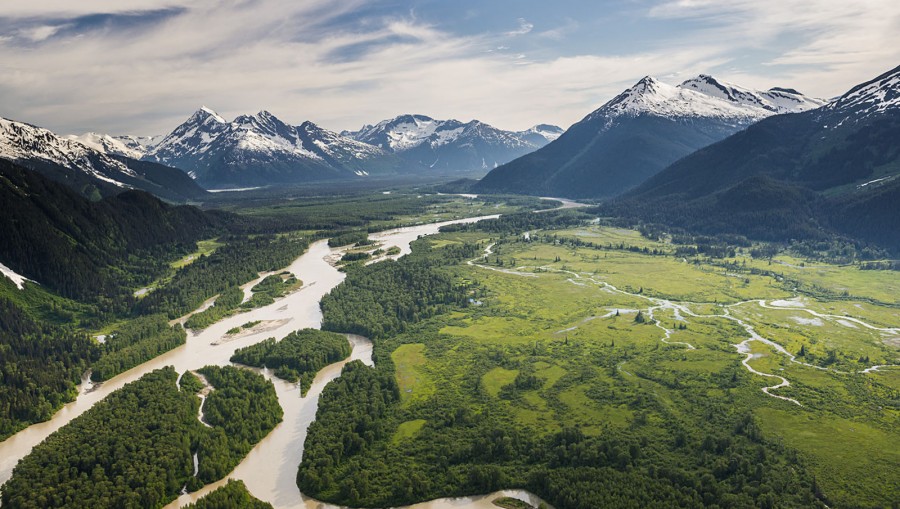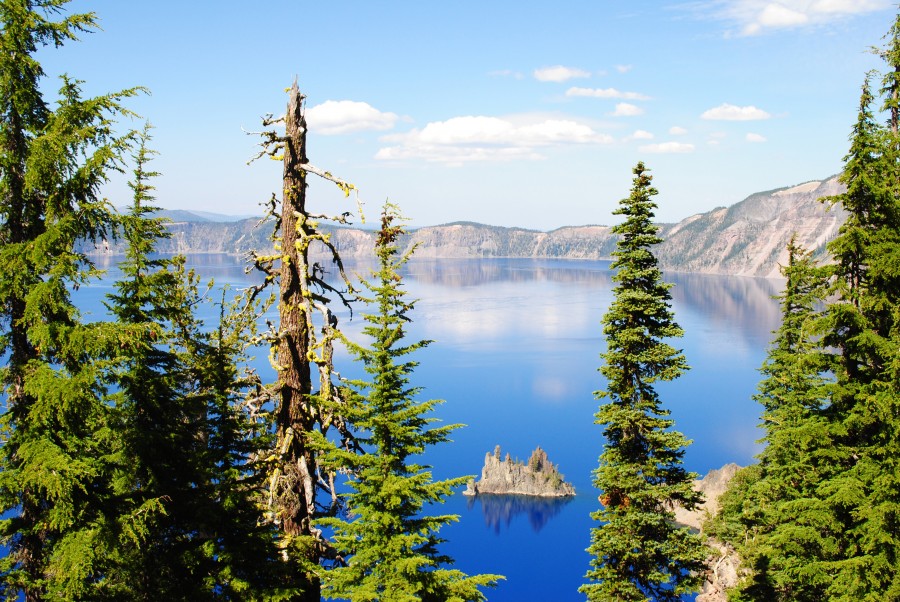The Taku is the largest totally intact watershed on the Pacific coast of North America. The 4.5 million acre river system sprawls across the northwest corner of British Columbia, its many tributaries converging to form the main stem of the Taku, which pours across Alaska’s border and becomes ocean just south of Juneau. It’s no coincidence that this spectacularly wild, virtually pristine international river system – linking interior boreal uplands, verdant temperate and rain forest valleys, and a rich marine estuary — is one of the continent’s premier salmon strongholds. The Taku is in fact southeast Alaska’s number one salmon producer. In a time of accelerating climate change and dwindling biodiversity, the ecological value of the Taku’s diverse and interconnected mountain-to-sea ecosystem, with all native flora and fauna in place and thriving, can hardly be overstated. Here is one of our planet’s premier biological refugias. Indigenous people on both sides of the border maintain profound cultural connections to the Taku and its bounty of fish and wildlife. To wilderness adventurers and paddlers, the Taku is a wild and storied destination. The watershed is, in short, an amazing conservation opportunity.
The Taku is an opportunity because it’s at a crossroads, with its fate yet to be determined. No vast expenditures for habitat restoration are needed here. All that’s required for the Taku is humility and foresight to keep the watershed as is. But mining has been proposed near the juncture of the Tulsequah River and the main stem Taku, on the Canadian side very close to the Alaska border. The extremely controversial…Tulsequah Chief mine would be sited immediately upstream of the most important salmon spawning and rearing habitat in the entire river system, putting it at risk. A tailings impoundment failure, like British Columbia’s recent Mount Polley mine disaster, would be devastating. And the stakes are bigger than the mine itself, for if Tulsequah Chief goes forward, a hundred mile road to serve it would be constructed into Taku wilderness, bringing more mining and related development with it.
Rivers Without Borders is striving to keep the Taku wild. We are doing this by elevating awareness of the watershed’s extraordinary conservation values, cultivating an international conversation about the future of this international river, organizing mining opposition, and publicizing numerous technical, economic, and legal obstacles to the Tulsequah Chief project. For the past six years we have been doing this in partnership with The Conservation Alliance, and we are grateful for this crucial and steadfast support.
Photo at top: Flannigan Slough – Prime salmon habitat; just upstream of the British Columbia – Alaska border on the Taku River, and downstream from the confluence of the Tulsequah and Taku Rivers. Photo courtesy of Chris Miller – June 2013.
Photo above: Looking downstream on the Tulsequah River. The proposed Tulsequah Chief mine site is center left on the banks of the river. The airstrip and borrow pit are in the foreground. The tailings impoundment would be built on a flood plain in the lower left corner out of view. The confluence with the Taku River is in the upper right. Photo courtesy of Chris Miller – June 2013.



